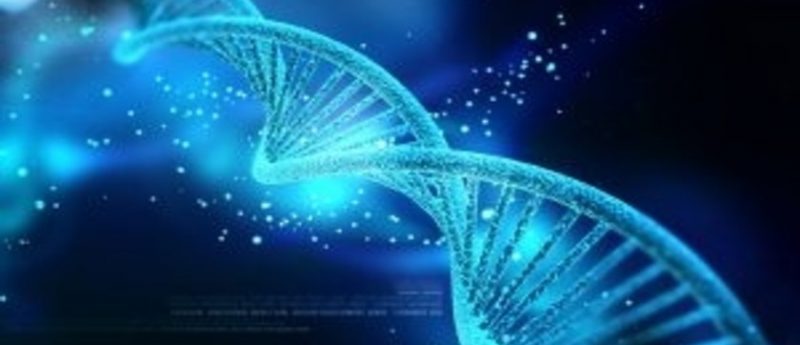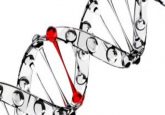Targeting triple-negative breast cancer and high-grade ovarian carcinoma: refining BRCAness beyond BRCA1/2 mutations?

Genetic instability is a cancer hallmark and results from the impairment of essential DNA damage repair mechanisms. Tumor cell proliferation relies on defects of key checkpoints that, during normal cell division, guarantee the safe transmission of identical copies of the genome to daughter cells. However, cancer cell reliance on the alteration of these checkpoints may also be their Achilles’ heel. Indeed, loss of one checkpoint is beneficial to cancer cells because it allows them to survive in the presence of an ‘optimal’ level of genetic instability. On the other hand, the simultaneous impairment of two complementary genome safeguard mechanisms will lead to cell death. This mechanism, which was originally described in yeast as synthetic lethality, has become a cornerstone for the development of cancer therapeutics [1,2]. This paradigm is emphasized in BRCA-deficient cancer cells, where DNA double-strand break repair by homologous recombination (HR) is deficient and is compensated by nonhomologous end joining.
Click here to view the full article


